Latest Blogs
Dark Chocolate for Weight Loss - Discovering Its Benefits
Love the intense taste of dark chocolate but worried about the overconsumption? Or, think you can eat as much as you want but not gain a single inch? While dark chocolate has a huge fan following, many people have a lot of questions about them. Today we are answering some of the most frequent questions about dark chocolate. Here you go: Question: Is dark chocolate good for weight loss? Dark chocolate can play some role in weight loss, though it is not considered to be an effective weight-loss measure when used alone. Improves insulin sensitivity: Some research suggests that dark chocolate could help improve your body’s sensitivity to insulin, the hormone responsible for transferring sugar from your blood into your cells where it can be used for energy. Dark chocolate has polyphenols which help insulin being better available to the body cells. This may be associated with less glucose storage and weight loss. Decreases hunger: Some studies show that dark chocolate may reduce cravings and promote feelings of fullness, which may help in weight loss. A study has also found that the effects of milk chocolate and dark chocolate and found that participants felt less hungry and fuller and more satisfied after eating dark chocolate. Question: Can dark chocolate boost mood? Several studies have found that dark chocolate may positively affect our mental health and mood, which can ensure that we feel our very best. A happy mood is associated with measures to promote self-care. According to one study, those who consumed higher amounts of dark chocolate had 57% lower odds of experiencing depressive symptoms than those who did not regularly consume dark chocolate. Your physical health is a pivotal factor to control your mental health. Think you are feeling burnout or fatigue more often than before? Get a health checkup done and look for yourself if there is anything that you can fix physically to stay calm mentally. Question: Is dark chocolate actually healthy? Let’s try to understand that how dark chocolate is healthy. Loaded with a lot of nutrients- if we buy quality dark chocolate with a high cocoa content, then it is actually quite nutritious. It contains a decent amount of soluble fiber and is loaded with minerals. Dark chocolate can contain the following nutrients 11 grams of fiber 67% of the RDI for iron 58% of the RDI for magnesium 89% of the RDI for copper. 98% of the RDI for manganese In addition, it also has potassium, phosphorus, zinc and selenium. (The constituents and amounts might vary among different products available in the market.) A powerful source of antioxidants: Dark chocolate is loaded with biologically active organic compounds that function as antioxidants. These include polyphenols, flavonoids, and catechins, among others. May reduce heart disease risk: The ingredients in dark chocolate appear to be highly protective against heart health. It should cause much less cholesterol to lodge in the arteries, resulting in a lower risk of heart disease. In a study of 470 elderly men, cocoa was found to reduce the risk of death from heart disease by a whopping 50% over a 15-year period. Yet another study showed that eating dark chocolate more than 5 times per week lowered the risk of heart disease by 57%. Improve the functioning of the nervous system: Cocoa contains stimulant substances like caffeine and theobromine, which may be a key reason why dark chocolate can improve brain function in the short term. Question: Can we eat dark chocolate every day? You can eat some amounts of dark chocolate daily, however, a better thing is to restrict daily consumption if you have diabetes or obesity. The daily recommended dosecan bearound 30-60 g, as per some sources. Indulging in anything more than that means you may be consuming too many calories. There isn’t a standard dose for dark chocolate that can be followed by everyone. A 40-45 g dark chocolate bar has approximately 190 calories plus some plant nutrients. In comparison, you take only around 95 calories and lots of nutrients if you eat a medium-sized apple. So, it is very clear that you should never replace healthy foods with dark chocolate. Question: Can dark chocolate reduce period pain? Many women like to eat chocolate during the periods. Now the question is whether dark chocolate reduces the period pain or just creates an overall sense of well-being? Dark chocolate has been seen to provide help to some women dealing with menstrual cramps. A study conducted by the British Journal of Clinical Pharmacology in 2013 found that consuming chocolate can help in improving our mood, making us feel calmer and more satisfied. Experts say its magnesium content can have a role in relaxing the muscles and easing period pain. In addition to that, it causes the brain to release endorphins, hormones that help you feel happier. Dark chocolate can be helpful during PMS too, owing to the same reasons of relieving stress and facilitating the release of happy hormones. Question: Can diabetics eat dark chocolate? You may eat some dark chocolate but moderation is the key. Overdoing has to be avoided. Dark chocolate contains polyphenols, which are naturally occurring compounds that have antioxidant properties. Polyphenols in dark chocolate improve insulin sensitivity, which may help in controlling blood sugar, according to research published in Endocrine Abstracts. However, you need to watch your calories to keep track of your blood sugar levels. Though dark chocolate is considered healthy, it still is calorie-dense as compared to other natural foods like fruits and green vegetables. This is why you should not assume that you can eat as much as dark chocolate you want if you are diabetic. Question: Can you eat dark chocolate when pregnant? Pregnancy demands extra care at each and every step. Having certain cravings during pregnancy is a normal thing, chocolate craving is experienced quite commonly. The good thing is you can enjoy dark chocolate in moderation throughout your pregnancy. The benefits are largely well-proven, including better blood pressure and improved blood flow to the baby. In fact, an older study had revealed that eating dark chocolate may cause sweeter temperaments in babies. Though it is generally safe to eat dark chocolate in pregnancy, make sure that you are not allergic to any of the constituents in the pack or dark chocolate. Also, discuss with your gynecologist what type of diet is best for you and the baby. Question: Is dark chocolate good for the skin? Consuming dark chocolate can impart beauty benefits to the skin. It has bioactive compounds and is rich in minerals which helps dark chocolate nourish our skin inside out. Thanks to its antioxidants and flavonoids that prevent aging and might improve blood flow in the skin tissues. Now, when you get your dark chocolate bar the next time, do keep these facts in mind. If you got more question about dark chocolate, let us know in the comments section.
Is Peanut butter good for your health?
Is peanut butter a nutritious food? Is peanut butter a nutritious food? Many people out there have a tendency to binge on peanut butter either while working, reading, watching television, or after exercise. It is considered to be one of the world’s most famous spreads. Along with the taste, texture, and creaminess, the belief that it is less calorie-dense makes it everyone’s favorite. But this situation is not black and white; while some people might love peanut butter, there is a chunk of our population who may still be doubtful about it or even be allergic to it. Peanut butter is actually a good source that supplies carbohydrates, protein, niacin, magnesium, vitamin E, and fats and is an excellent plant protein. While some people consider having peanut butter for weight loss to satisfy the mini hunger pangs, others consume it for weight gain as post-workout snacks. So, it contains nutrients that can boost a person’s health, but is it high-calorie or low-calorie food? Can overeating peanut butter be safe or should it be consumed moderately? Let’s try to find answers to such important questions around peanut butter. Peanut butter for weight loss Around 2 tablespoons of peanut butter (nearly 32 g) provide around 200 calories. Now, this makes it look high on calories. However, it is nutrient-dense too, and this makes it a healthy option as compared to other processed foods that give equal amounts of calories. Remember not to binge or over-consume if you are trying to control weight. Moderation is the key as with other foods. You cannot eat as much peanut butter as you want on a daily basis if you are watching weight. Have promised yourself a healthy weight? First, get a health analysis done so you know where you stand before you start. Book a comprehensive lab test here. Peanut Butter Benefits It acts as a food that can help you maintain weight; having peanut butter makes you feel fuller faster because of the presence of monosaturated fats and protein making it a healthy food option. People looking to maintain or lose their weight should replace normal butter or cheese with peanut butter for its satiating property. Because peanut butter is high in calories, beneficial fats and protein, it can help keep you full for a longer duration. It lowers the risk of heart ailments and boosts your heart health owing to the presence of healthy fats like monosaturated fatty acids and polyunsaturated fatty acids. As per some studies, having a small portion of peanut butter every day can help decrease the occurrence of heart diseases by 38%. Since it has monosaturated fats, it is considered a wholesome spread with metabolism improving protein. It also has a special compound called genistein, which acts on the genes and helps in combating obesity. The compound can aid in reducing your body’s fat-storing ability, thus helping maintain your body weight and shape. Post a heavy and nice workout, when the muscles are sore and cramp, peanut butter comes to the rescue as it has a good amount of potassium. Potassium plays a key role in your muscle cramps and soreness removal. Two tablespoons of peanut butter contain nearly around 179 milligrams of potassium, which is considered a good amount of mineral for post-workout muscle recovery. People who have to count stars at night to get a goodnight’s sleep, ought not to do that anymore, a two-tablespoon serving of peanut butter can do the trick for you. It contains 74 milligrams of the amino acid tryptophan, which acts on the same grounds as serotonin and melatonin that helps in inducing sleep. For the many benefits it offers, some also include bone health improvement, getting glowing skin, and becoming more productive throughout the day. Peanut butter contains vitamin K, which acts as a lubricant for carrying calcium throughout the body, and nurturing overall bone health. If you want your skin to look young and dashing, Peanut butter comes as a savior as it improves your skin’s elastin that makes your skin firm and radiant looking always. Some easy ways to add Peanut butter to your diet- Stirring it into porridge Adding it to a smoothie Stirring into yogurts or warm oatmeal Spreading on whole-grain bread and topping with banana Dipping apple or pear slices into peanut butter as a classic snack When is the best time to consume Peanut Butter for your body To get the best out of your peanut butter jar, it is advisable to have it in the morning and avoid eating it late in the evening or at night. If you follow a fitness schedule, you should also try not to eat in at night as it contains carbs and fats that can adversely harm your routine. Have a spoon to three during peak day hours is also fine. Know when to stop A rule of thumb says concerning one to 2 tablespoons each day is sweet enough for a healthy individual, taken in any type. Going ahead with over 3-4 spoons can be a bit harmful to the body as it may weight gain While the benefits might be ample, it can have a few downsides that often go unnoticed compared to the numerous advantages mentioned above. Maintain a balance, don’t overdo Though peanut butter is a healthier alternative to regular butter, it is continuously advisable to eat it in a balanced amount and not binge eat the entire jar while watching Netflix. While there is a great deal of peanut butter manufacturing companies, one should always watch out for their buying choice, as a bunch of brands may contain added sugar, salt, or oil. Do check the ingredients label before you buy.
Food Intolerance: No, it’s not food allergy
We are what we eat! Our health is a combination of a number of external and internal factors. Genetics and environment work in synergy to make us who we are. One of the most popular factors, and perhaps the most significant one, is food. In the age of instant over sharing and ensuring aesthetic over quality, we often see but don’t really understand what is on our plate. Most people are aware of common food allergies and how to deal with them, regardless of whether they suffer from it or not. Food intolerance on the other hand isn’t a widely popular or understood concept, as it should it. One may think that dish was under cooked, or a spice overpowered the whole dish, or the food contained ‘something that didn’t sit well with me’ and attribute to it as a cause of a physical reaction of discomfort after eating certain foods. Seldom do people realize that they may be intolerant. Food Allergy and Food Intolerance: The DifferenceMany think that food allergy and food intolerance are same, but actually they are not. Food Allergy is caused due to an immune reaction towards a specific food protein (allergen). Food intolerance is actually a digestive system response to certain foods. Food Allergy is an acute immediate reaction, whereas food intolerance is a chronicle reaction. For example, lactose intolerance is a condition where one’s body cannot successfully digest milk. It does not make a person allergic to all milk byproducts. Trends in India Metropolis Healthcare is one of the first labs to conduct a detailed research study using the Protein Microarray Biochip Test for Food intolerance. Using the microarray biochip, 220 food items are embedded on the chip and fluorescence Elisa is used for reporting. The data collected by Metropolis was analyzed age-wise and food item wise and the Percent positivity were calculated. Cut off levels were set, so that based on the values generated from the test researchers can then identify whether the food tolerance for the patient was normal, borderline or elevated. Only patients who had elevated results were retested after a specified amount time recommended by the doctors. The final results of the test found that most women, men, and children are intolerant to cow milk and wheat. Testing and ManagementThe reason it is most essential to know what food or ingredient one is intolerant to is that long-term consumption of non-tolerated food causes gut inflammation and accounts for development of various chronic diseases. This in turn may lead to several other health problem and serious chronic conditions. Elimination of diets based on food intolerance testing is recommended in irritable bowel syndrome, atopic dermatitis, and more such conditions. Most doctors believe that the protein miccroarray food intolerance test is a better tool for identifying Food Intolerance in the most non-invasive, adjuvant, objective and quantitative manner. The information provided by this test gives better insight for diet planning in terms of avoidance or usage of alternate sources for certain foods. Patients can further seek better guidance and interpretation of the reports from gastroenterologist and dieticians to correct their eating habits. Those who are taking the test need to keep some points in mind. The patients need to include everything they normally eat in their diet for at least two weeks before testing. This test is not recommended for children under 2 years and pregnant women.
Top Heart Healthy Foods for you
Heart Healthy FoodsNutritional ValueGround FlaxseedOmega 3 Fatty Acids, Fibre, phytoestrogensAlmonds & WalnutsOmega 3 Fatty Acids, Vitamin E, Magnesium, Mono and Polyunsaturated fats, phytosterolsBlack or Kidney BeansB Complex Vitamins, Niacin, Folate, Magnesium, Omega 3 Fatty Acids, Calcium, Soluble FibreOatmealOmega 3 Fatty Acids, Magnesium, Pottasium, Folate, Niacin, Calcium, Soluble FibreBrown RiceB Complex Vitamins, Fiber, Niacin, MagnesiumBroccoliBeta Carotene, Vitamin C & E, Pottasium, Folate, Calcium, FibreSweet PotatoBeta Carotene, Vitamin A, C & E, FibreOrangesBeta Cryptoxanthin, Beta and Alpha Carotene, Lutein and Flavones, Vitamin C, Pottasium, Folate, FibreSpinachLutein, B Complex Vitamins, Magnesium, Potassium, Calcium, FibreTomatoesBeta and Alpha Carotene, Lycopene, Lutein, Vitamin C, Pottasium, Folate, Fibre
Why is MAIDA / white flour bad for health?
White Flour or popularly known as MAIDA in India is basically wheat flour that is refined and chemically bleached. During the refining processes, the wheat flour is stripped of precious fibre, B Vitamins and Iron. People regularly consuming MAIDA or White Flour increase their risk for weight gain, obesity, type 2 diabetes, insulin resistance and elevated cholesterol. You could be consuming white flour without actually knowing that these processed foods are made out of Maida. Did you know that the following foods contain white flour? Pizza & Pasta Nans & Rotis Cakes & Cookies Bread Burger Buns Samosa Noodles Doughnuts Choose a healthy & nutritious diet and undergo regular blood parameter investigations to take complete control of your health.
What are Trans Fats and How Should I avoid them?
Trans fats are linked to raise the LDL cholesterol levels in your blood and lower your good (HDL) cholesterol levels. Regular consumption of foods rich intrans fats increases your risk of developing type 2 diabetes, heart disease and stroke. What foods should I avoid? Trans fats can exist in any and all foods that you may consume. If the packet of muffin or chips that you are having does not list Trans Fat as an ingredient, check for partially hydrogenated oil. It is the one and the same and detrimental for your health. Did you know that the very commonly used Vanaspati or Dalda is a Trans fat? Next time you grab fried foods like Samosas, Bhaturas and vadas from the street, remember that it is fried in repeatedly used oils and may contain fats that are detrimental to your health. Doughnuts, cookies, crackers, muffins, pies and cakes are examples of foods that may contain trans fat. How do you control Trans Fat? Limit how frequently you eat them. Limit commercially fried foods and baked goods made with shortening or partially hydrogenated vegetable oils. Use oils like Olive, Canola and Liquid vegetable oils Add fresh vegetables and fruits to every meal Say NO to products that list Trans Fat on their label Reduce the intake of instant meals and frozen food Be sure to check your lipid profile. Regularly monitoring your total fats will give you an assessment of your cardiac health.
How much fat does your regular Samosa contain?
The big fat Indian Samosa is devoured by one and all. Each samosa contains about 25 grams of fat which is equal to the calories that is found in one large slab of butter. More important to note is that Samosas brought from roadside and street vendors are usually fried repeatedly in the same oil and contains unhealthy levels of trans fats.Monitor your total fat and lipids to be sure of your heart health!



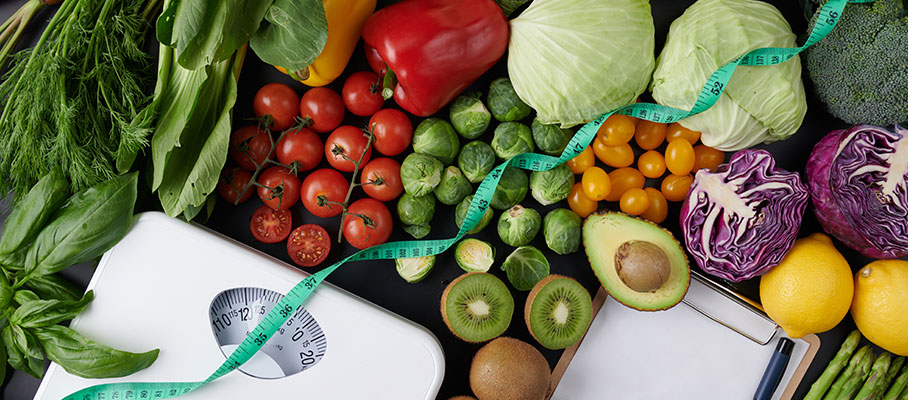

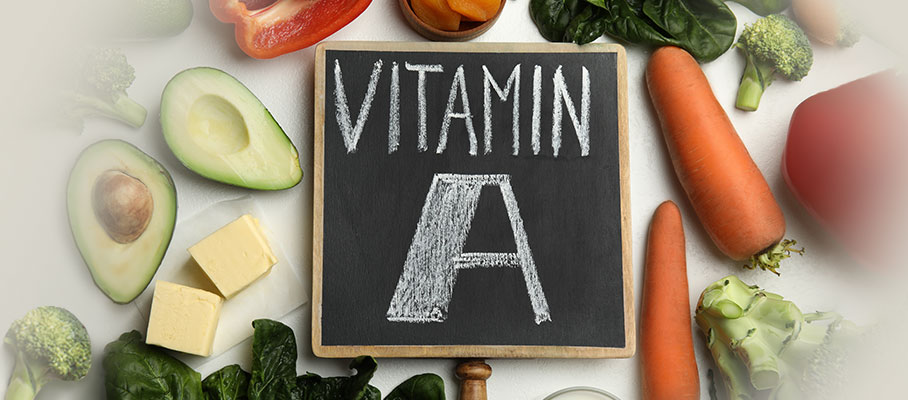
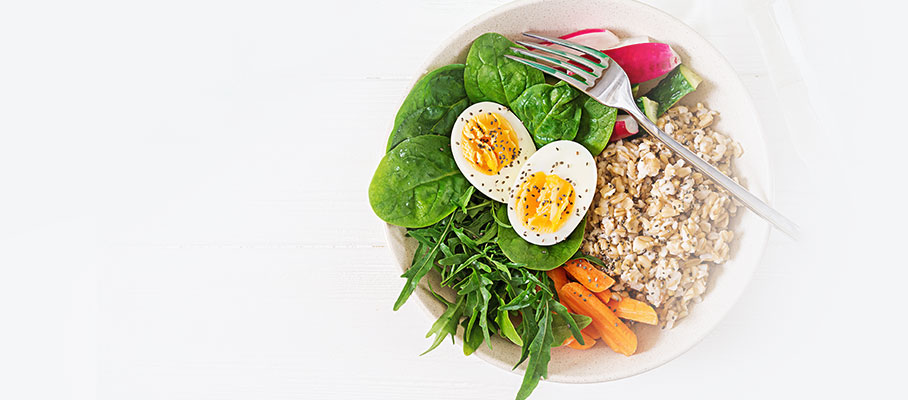
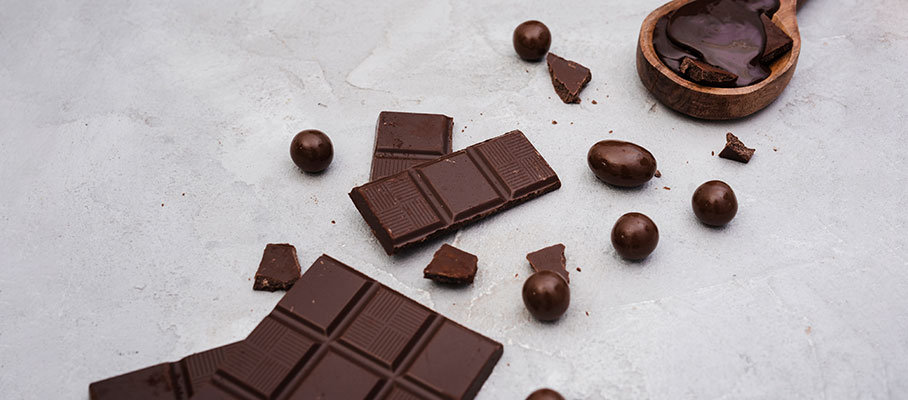
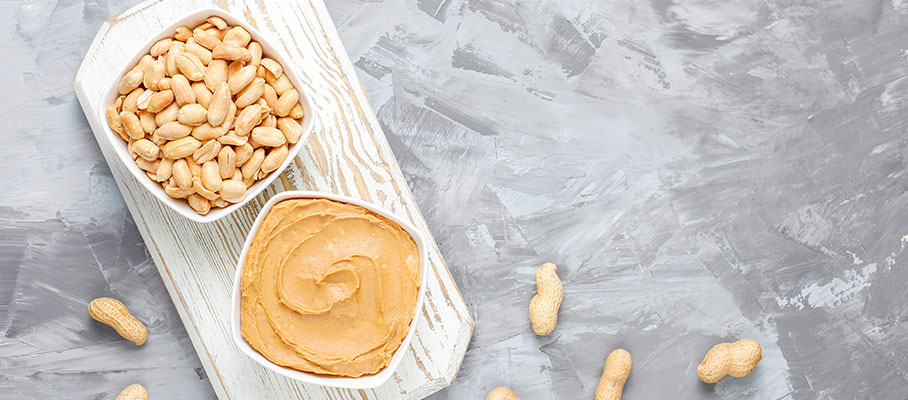
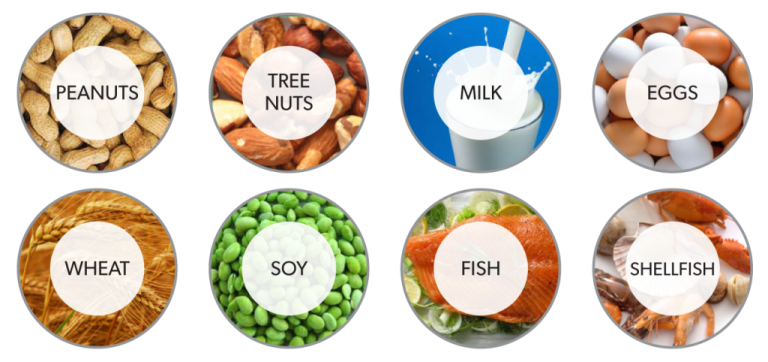
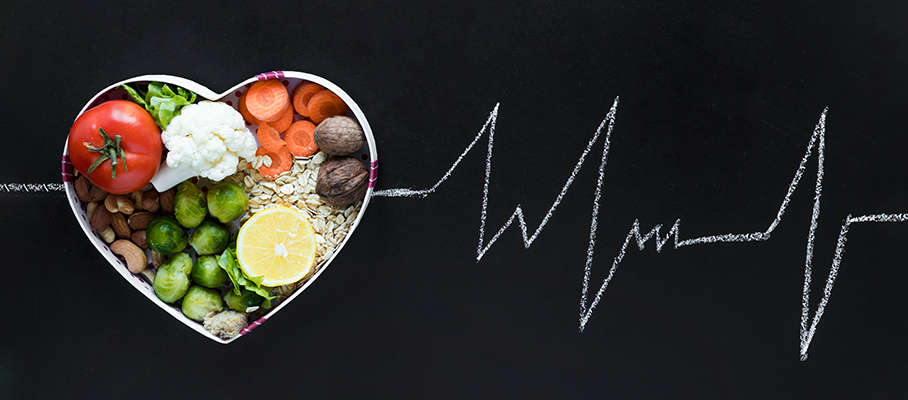
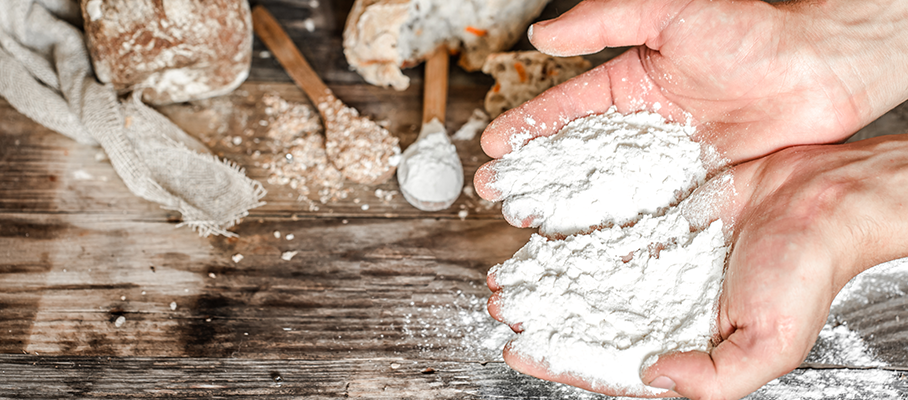
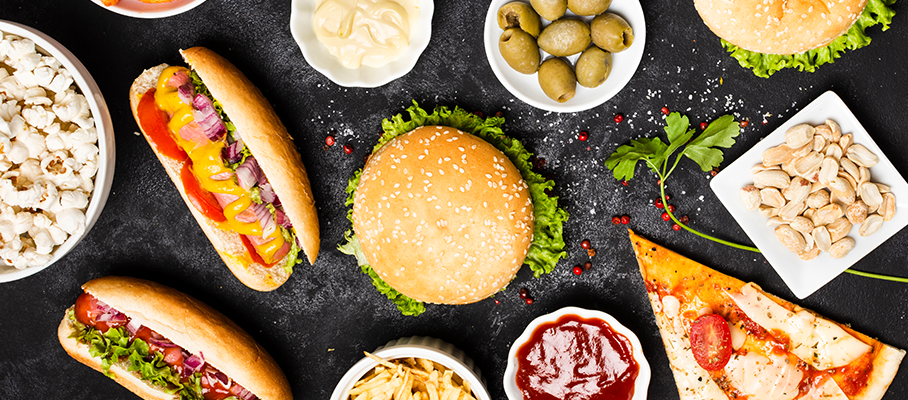






 WhatsApp
WhatsApp